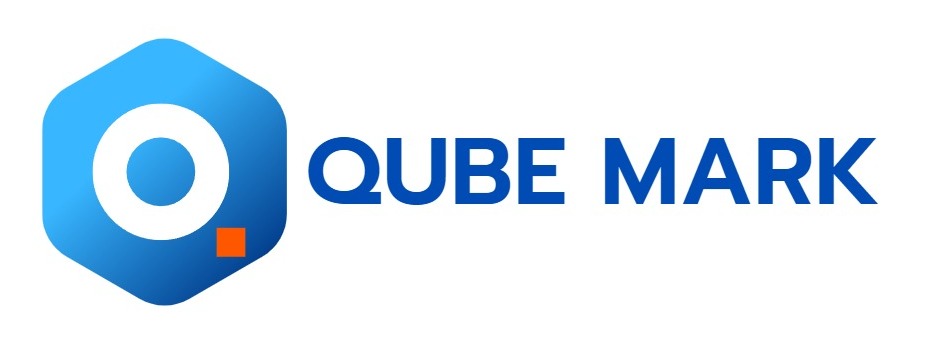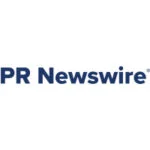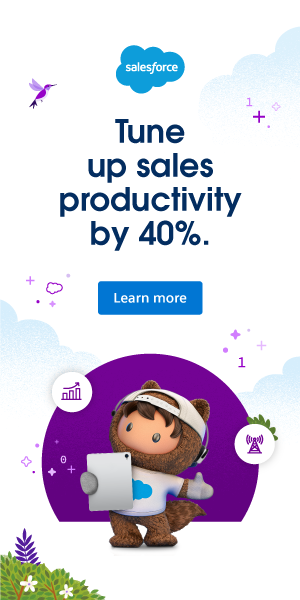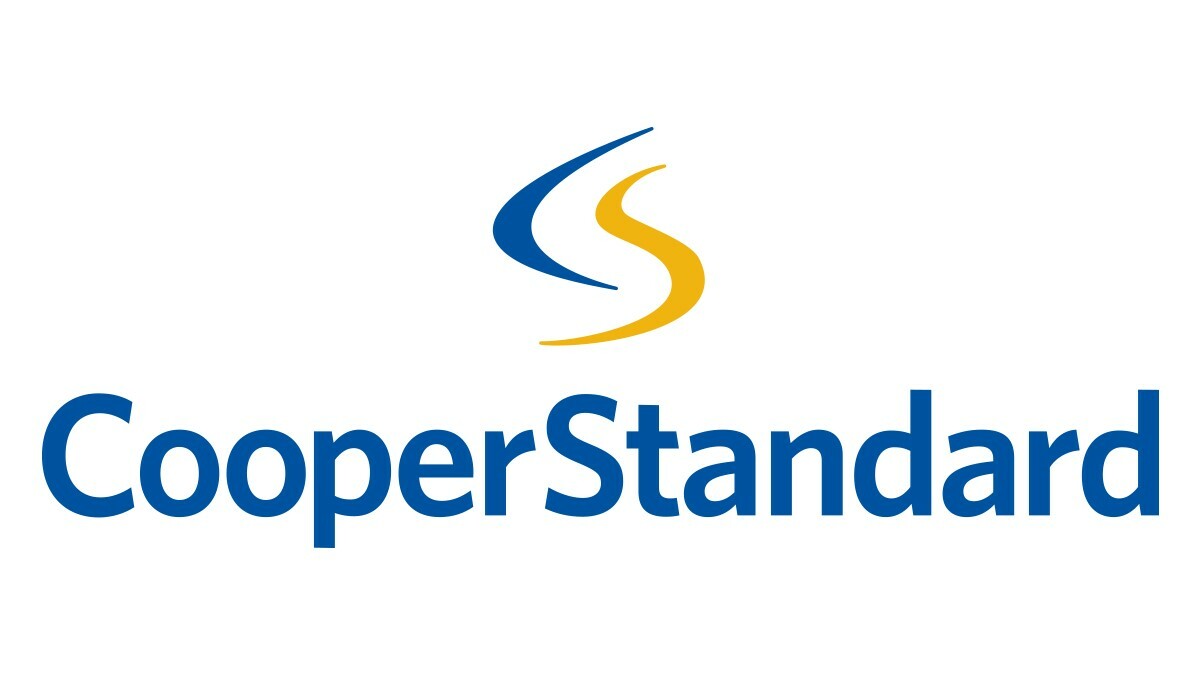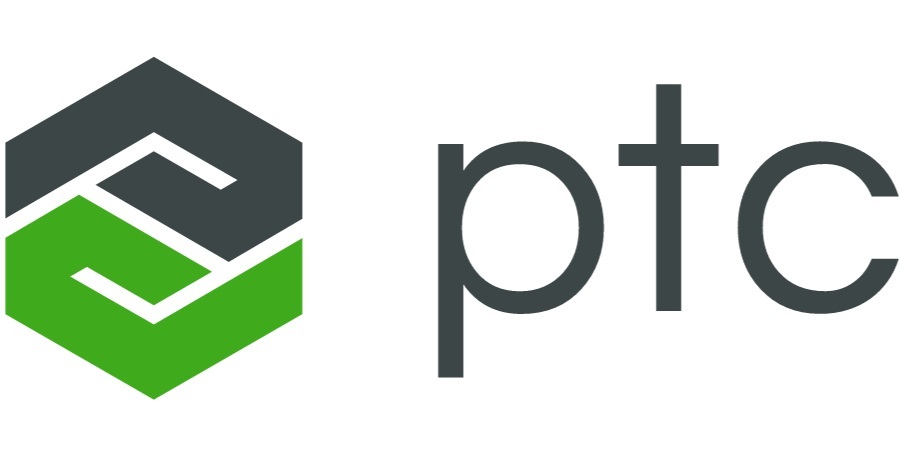Report finds 96% of developers save time using Dapr, driving faster development and increased efficiency
LONDON, April 1, 2025 -- KubeCon + CloudNativeCon Europe – The Cloud Native Computing Foundation® (CNCF®), which builds sustainable ecosystems for cloud native software, today released the 2025 State of Dapr Report, providing new insights into the project's accelerating adoption, developer productivity impact, and expanding role in AI-driven applications. Nearly half of surveyed teams are now running Dapr applications in production, marking a significant increase from previous years. As organizations seek scalable, cloud native architectures, Dapr's developer productivity benefits and growing role in AI applications have driven widespread adoption.
According to the newly released State of Dapr 2025 Report, 96% of developers report time savings, with 60% seeing productivity gains of 30% or more when using Dapr. The runtime's ability to simplify microservices complexity, enable cloud portability, and support multiple programming languages has made it an essential tool for platform engineering teams and application developers alike.
"Dapr's impact on modern application development continues to grow, helping teams build and scale distributed systems with ease," said Mark Fussell, co-creator of Dapr and CEO of Diagrid. "With the rise of AI-driven applications and increasing cloud complexity, Dapr provides developers with a flexible and efficient foundation to innovate without the burden of infrastructure concerns. This means faster development cycles, reduced costs, and the ability to seamlessly deploy applications across multiple environments; ultimately giving organizations a competitive edge."
Dapr, or Distributed Application Runtime, is a portable runtime that makes it easy for any developer to build resilient distributed applications that run across cloud and edge. It provides integrated APIs for communication, state, and workflow for building production-ready applications. It leverages industry best practices for security, resiliency, and observability, increasing developer productivity by between 20 and 40 percent.
Organizations adopting Dapr have reportedly gained a competitive edge in multi-cloud and hybrid-cloud strategies, as demonstrated by the surge in AWS usage from 22% to 38%. This flexibility allows enterprises to avoid vendor lock-in and optimize costs while maintaining portability across cloud providers.
Dapr's expansion into the AI ecosystem is another key trend, with the introduction of the LLM Conversation API and Dapr Agents, positioning the framework as a natural fit for AI-driven and agentic applications.
Despite its rapid growth, the Dapr community continues to push for improvements, with users citing observability, debugging, and workflow visualization as areas for enhancement. To address onboarding challenges, the launch of Dapr University aims to provide developers with structured learning resources to accelerate adoption.
"Dapr's continued adoption demonstrates its role in the cloud native ecosystem, simplifying developer experience," said Chris Aniszczyk, CTO of CNCF. "By providing developers with a standardized way to build and operate distributed applications, Dapr is reducing complexity, improving efficiency, and enabling organizations to scale with confidence. We're excited to see how the community continues to evolve Dapr, contributing to the broader open source cloud native movement."
Originally launched in 2019, Dapr was accepted into CNCF in 2021 and reached Graduated status in 2024, joining Istio, Kubernetes, and Prometheus among the foundation's top-tier projects. Today, over 40,000 companies engage with Dapr, reinforcing its impact across industries, including finance, healthcare, retail, and SaaS.
For more information, access the full State of Dapr 2025 Report here.
Additional Resources
- CNCF Newsletter
- CNCF Twitter
- CNCF Website
- Learn About CNCF Membership
- Learn About the CNCF End User Community
About Cloud Native Computing Foundation
Cloud native computing empowers organizations to build and run scalable applications with an open source software stack in public, private, and hybrid clouds. The Cloud Native Computing Foundation (CNCF) hosts critical components of the global technology infrastructure, including Kubernetes, Prometheus, and Envoy. CNCF brings together the industry's top developers, end users, and vendors and runs the largest open source developer conferences in the world. Supported by more than 800 members, including the world's largest cloud computing and software companies, as well as over 200 innovative startups, CNCF is part of the nonprofit Linux Foundation. For more information, please visit www.cncf.io.
The Linux Foundation has registered trademarks and uses trademarks. For a list of trademarks of The Linux Foundation, please see our trademark usage page. Linux is a registered trademark of Linus Torvalds.
This News is brought to you by Qube Mark, your trusted source for the latest updates and insights in marketing technology. Stay tuned for more groundbreaking innovations in the world of technology.
